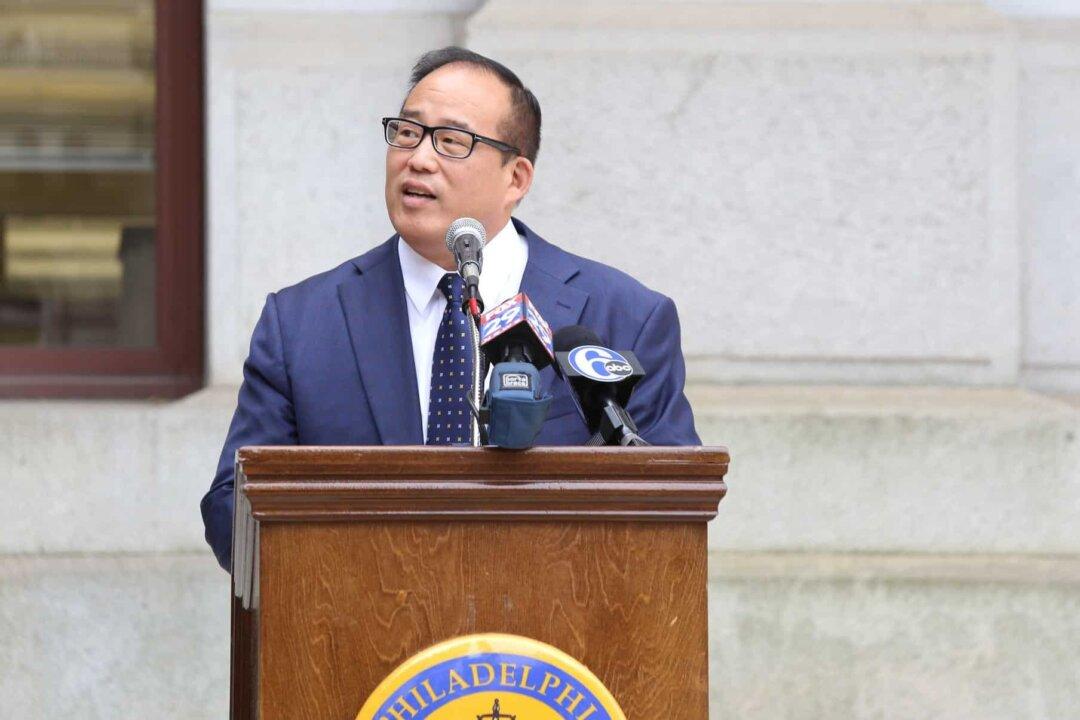It’s one of the last things a parent wants to encounter—a social worker at the door with allegations of child abuse. What may come as a surprise to many is that such allegations can be based on little more than a “gut feeling.”
Those mandated to report potential child abuse are apparently encouraged to base their suspicions on signs that appear to have only a vague connection to child abuse and even may be based on the accuser’s feelings.





